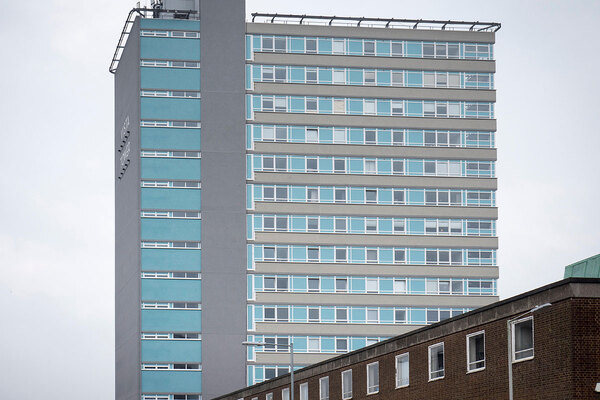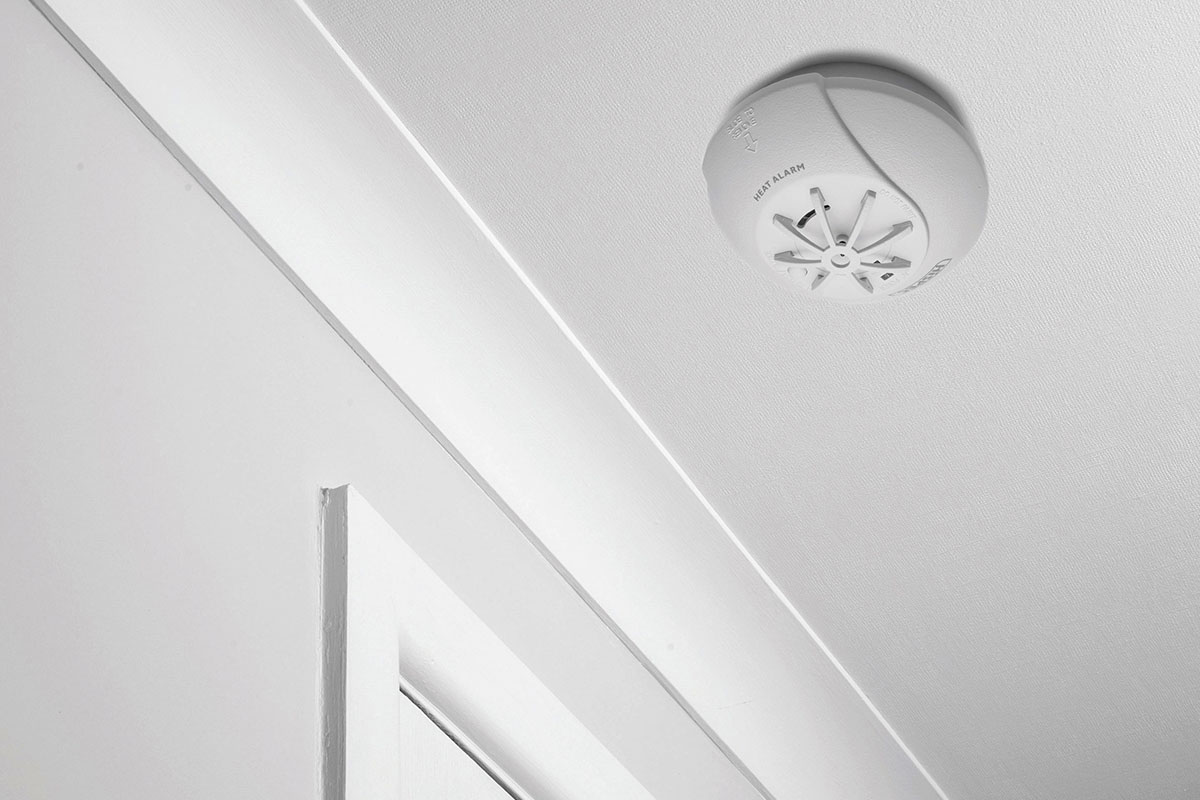Draft fire chief guidance contradicts Home Office on evacuation plans for disabled residents in high-risk buildings
Draft guidance from the National Fire Chiefs Council (NFCC) on the evacuation of dangerous tower blocks includes instructions for the preparation of plans for residents with disabilities, despite the Home Office this week branding them “not proportionate”.

The Home Office caused outrage this week when it announced that it would not implement a pivotal recommendation of the Grenfell Tower Inquiry relating to the evacuation of buildings.
It said that requiring building owners to prepare personal emergency evacuation plans (PEEPs) for residents with disabilities would not be “proportionate, practical or safe”.
Instead, it has proposed that disabled residents in buildings that are deemed safe to ‘stay put’ during a fire are provided with no additional means to escape, and no help for firefighters to rescue them.
Those in buildings known to have severe fire safety problems, meanwhile, will be expected to wait in the block as everyone else evacuates and rely on firefighters to rescue them.
The Home Office has proposed a new procedure branded Emergency Evacuation Information Sharing (EEIS) to share the location of residents with fire services to facilitate these rescues.
But Inside Housing has obtained draft guidance from the NFCC, the senior fire and rescue body in the UK and a key advisory group for the Home Office, on fire safety procedures in buildings with major fire safety issues.
This document – which will provide best practice guidance to the owners of buildings with major fire safety issues – says that evacuation plans in such buildings should not rely on the intervention of fire services, placing it squarely at odds with the latest government proposals.
A spokesperson for the Home Office insisted that it would be “wrong” to claim that the guidance contradicted the government’s position, but did not respond to a specific question as to how it could justify this claim.
The draft NFCC guidance, which was prepared in September with input from bodies including the Home Office, says: “On detection and warning of a fire, in a simultaneous evacuation building, there needs to be appropriate arrangements in place to ensure that all residents evacuate the building or to a relevant place of safety.”
It adds: “Under current fire safety legislation it is the responsibility of the person(s) having responsibility for the building to provide a fire safety risk assessment that includes an emergency evacuation plan for all people likely to be in the premises, including disabled people, and how that plan will be implemented. Such an evacuation plan should not rely upon the intervention of the Fire and Rescue Service to make it work.”
Specifically addressing the preparation of PEEPs, it says: “Where residents have been identified who may need assistance to evacuate the building in the event of a fire, the responsible person may need to look to formulating a Personal Emergency Evacuation Plan (PEEP). It is vital that those residents who have been identified as needing support are fully engaged in the process of their PEEP.”
It adds that reliance could be placed on friends and neighbours to assist with this, saying: “If physical assistance is required then this does not necessarily have to be from paid staff, e.g. concierge, but could be carried out by other appropriately trained people, such as residents. Where assistance is needed resilient planning is required and should include consideration of availability, as well as training.”
This was a position rejected by the Home Office in its consultation document earlier this week, when it said that it is difficult for a building owner to make an “objective assessment of their suitability and reliability” and that “well-intentioned neighbours may behave differently on the day of an actual emergency”.
The NFCC has not yet published a final version of the guide and did not respond to Inside Housing’s request for comment regarding the draft.
However, an industry source said they do not believe that the organisation is planning to make changes to the guidance – meaning that building owners will be faced with contradictory advice from the fire services and central government regarding PEEPs under its current proposals.
A split with the NFCC on this critical issue would be deeply embarrassing for the Home Office, which regularly cites the body’s support for its fire safety policies and relies closely on its advice.
The Home Office ran a consultation on PEEPs last summer, which saw overwhelming support for their provisions in blocks of flats – with 83% of respondents agreeing that PEEPs should be provided and just 8% disagreeing.
But the Home Office decided not to implement the proposals after one-to-one conversations with building owners saw them branded impractical and concerns were raised about their cost.
A spokesperson for the Home Office said: “Our fire reforms will go further than ever before to protect vulnerable people. The Emergency Evacuation Information Sharing package we are consulting on would require those responsible for fire safety in higher-risk buildings to properly assess the needs of the most vulnerable and take steps to mitigate any risks.
“The Simultaneous Evacuation Guide is produced and updated by the National Fire Chiefs Council, not the Home Office; it would therefore be inappropriate for us to comment in detail on their draft document. However, it is wrong to claim it is contradictory to the position we laid out.”
The consultation on its proposals is not yet complete and its proposals do not rule out housing providers offering a PEEP if they believe it is appropriate.
The existing fire safety framework requires all residents to be able to leave the building in an emergency.
Even though this was rarely enforced before Grenfell with regard to disabled residents, and actively undermined by statutory guidance, it would mean the Home Office proposals undermine the current law.
The Home Office proposals have been slammed as “absolutely shameful”, “a disgrace” and “utterly reprehensible” by experts, campaigners and Grenfell Tower families.
The Grenfell Tower fire killed 15 of the building’s disabled residents – meaning they died at a far higher rate than any other group present. The fire has previously been described as a “landmark act of discrimination against the disabled and vulnerable” by lawyers acting for the families at the inquiry.
Update: on 20.5.2022 at 4.30pm
A prior version of this story described the 2011 Purpose Built Blocks of Flats guide as ’non-statutory guidance’. In fact, it was statutory guidance under Article 50 of the Regulatory Reform (Fire Safety) Order 2005. This has been amended.
Sign up for our fire safety newsletter
Already have an account? Click here to manage your newsletters









